Certain positions make it easier to breathe. This is especially helpful if you have acute shortness of breath – with or without an accompanying cough. For people with chronic respiratory disease it is actually extremely important to know positions that can help them breathe so that they can use them in emergencies.
You can adopt positions that make it easier to breathe not only when you are short of breath, but also if you get a coughing fit. This makes coughing less strenuous. These positions also help you cough up mucus.
Breathe in and out calmly, evenly and slowly with all of these positions that make it easier to breathe. Ideally use the pursed lip technique to breathe out.
The brace position props you up while you stand. It is a breathe-easy position that you can also use out and about.
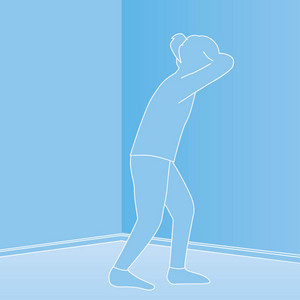
How it works:
The goalkeeper position is a well-known position that makes it easier to breathe, which you are bound to have seen athletes do. After they have really exerted themselves, such as after a sprint, athletes adopt the goalkeeper position. This position takes it name from the position a goalkeeper adopts while waiting for a shot.
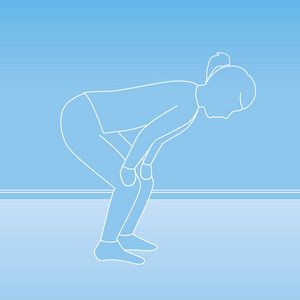
How it works:
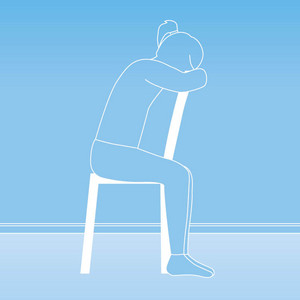
Sitting on a chair backwards is a technique that helps you breathe, but it does require some mobility in the thigh muscles.
How it works:
This breathe-easy position derives its name from the position in which coachmen used to sit. They slept on the bench at the front of the cart, hunched after a hard day’s work, while the horses found their own way home.
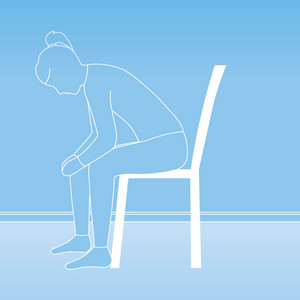
How it works:
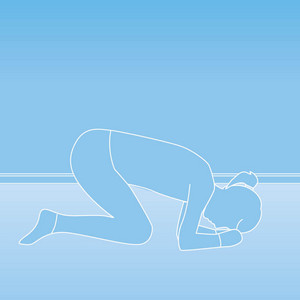
This position requires a certain amount of flexibility and is suitable if you are both breathless and exhausted.
How it works:
All breathe-easy positions are based on the basic principle of alleviation. By supporting yourself with your arms you put the weight of your chest through your arms and have less work to do supporting yourself. This reduces the amount of oxygen you need, which makes it easier to breathe. At the same time you give your belly more space and freedom to breathe.
Note: The information in this blog post is not a treatment recommendation. The needs of patients vary greatly from person to person. The treatment approaches presented should be viewed only as examples. PARI recommends that patients always consult with their physician or physiotherapist first.
An article written by the PARI BLOG editorial team.
© 2025 PARI GmbH Spezialisten für effektive Inhalation